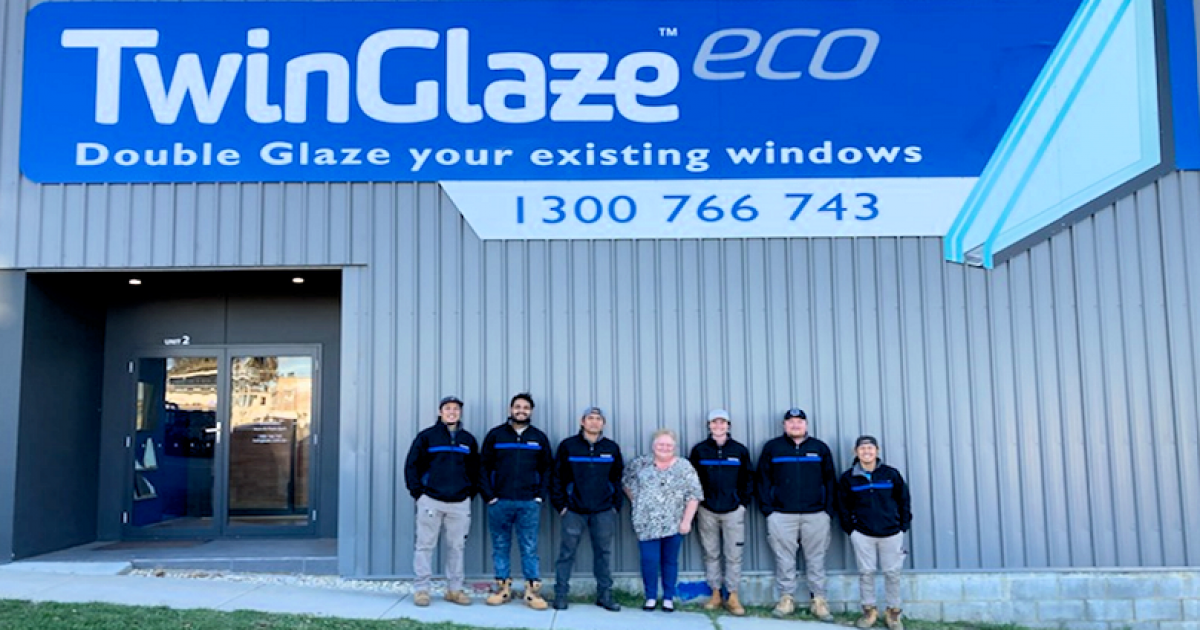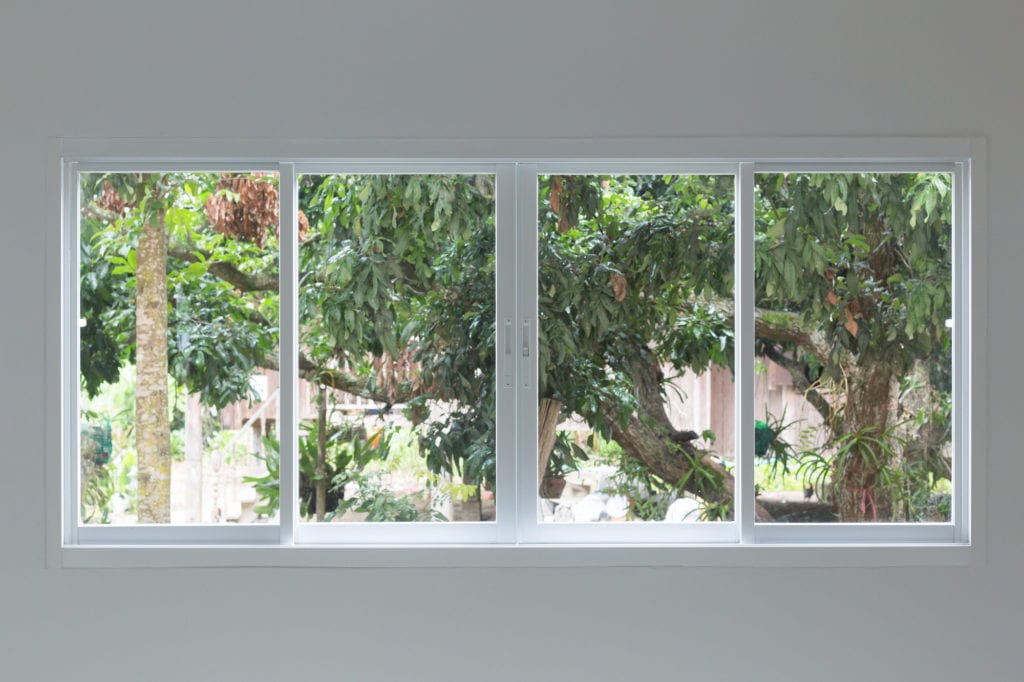All Categories
Featured
Table of Contents
Double Glazed Windows Sydney in East Perth Western Australia
Laminated glass is frequently used in areas in the house most susceptible to injury from human impact such as restrooms, doors, around staircases and in locations near the flooring (it fulfills the requirements of 'shatterproof glass' that is mandated for usage in these locations by Australian Standard AS 1288 Glass in structures).
Toughened glass has actually been 'tempered' by being reheated and quickly cooled once again. This process makes it much stronger than basic glass it can withstand higher impact loads before breaking. It likewise makes it more secure since, when it does shatter, it breaks into lots of little cubic pieces rather than hazardous shards.
Double Glazed Windows – Their Amazing Benefits For ... in Swan View WA
Toughened glass has no thermal or acoustic benefits over other glass of the very same toning or density. Secondary glazing is where single-glazed windows are retrofitted with a transparent acrylic or glass sheet connected to the within the frame or openable sash with a secondary frame or with magnetic strips.


Secondary glazing will not carry out also thermally as a manufactured IGU, considering that it is impossible to absolutely seal the boundary, but it can provide great noise control. Window movies are a thin polymer movie including a taking in color or reflective metal layer, with an adhesive support. They adhere to your glazing to alter its colour or make it reflective.
Glazing in Coolbellup Western Australia
Applied to existing glass, some window films can cut in half the general SHGC of the window by absorbing and/or reflecting solar radiation. This can be particularly useful in hotter environments where cooling is the main issue, or on east and west elevations straight exposed to long durations of sunlight. Window movies may likewise lower visible light transmittance.

For this reason, it is usually best to use a recognized installer of window film. Frames have a significant effect on the thermal efficiency of windows and doors, due to the fact that energy can be gained and lost through the frame, in addition to through the glass. Different kinds of frame will enable various levels of heat gain and loss, so cautious choice of frame is necessary for efficient passive design.
Glass Selector - Custom Single & Double Glazed ... in Edgewater Perth
Aluminium is also an extremely great conductor of heat and will reduce the insulating worth of a glazing unit, unless specifically engineered to minimize this. A 'thermally broken' frame is comprised of 2 aluminium sections linked by a structural insulator (usually a low-conductivity structural polymer). This 'breaks' the thermal connection through the aluminium and decreases the heat streaming through the frame.
They can be pricey, but prices are decreasing as they become more common. Lumber frames are a good natural insulator that can suit some home styles. Wood frames need to be made from types that have naturally high toughness or be dealt with to prevent decay and deformation. Check that the lumber is sourced from a sustainably handled forest.
Double Glazing in Karawara WA
This can result in spaces that allow air seepage unless excellent draught sealing (weather condition removing) is set up. u, PVC is a form of plastic (unplasticised polyvinyl chloride, also called stiff PVC). u, PVC frames supply outstanding thermal performance, frequently much better than wood or thermally broken aluminium. u, PVC is long lasting and needs extremely little maintenance, and can be moulded into complicated profiles that offer outstanding air seals.
u, PVC windows and doors have excellent thermal efficiency Photo: Ben Wrigley (Light Home Architecture and Science) Composite frames use aluminium profiles on the external sections with either a wood or u, PVC inner area. These combine the low maintenance and toughness of aluminium with much enhanced thermal performance.
Latest Posts
Pros And Cons Of Argon Gas In Windows in Ridgewood WA
Does Double Glazing Have A Vacuum? in Shoalwater WA
Double & Triple Glazing Windows In Warwickshire in Perth